I never feel like more of a fraud than when I’m trying to deal with our map collections. I am not naturally a map person (I have to turn maps round to match the road when I’m navigating and I usually get lost) so even interpreting a map is a struggle, never mind cataloguing them!
So the Map Curators’ Group have been a huge support over the years when I have map related questions and their annual workshop is a very useful training opportunity. I have spoken at it once before about managing volunteers working with collections and when the call for papers came out this year, I couldn’t believe how relevant it was to my current challenges!
Dispersal, disposal and digital transition. Exactly what I had been struggling with for the previous year so despite still having some serious “imposter syndrome” moments, I put in an abstract. And to my surprise and delight it was accepted! The paper seemed to go down well – slides available here and it was great to meet people in the same situation who are tackling exactly the same problems to a greater or lesser extent across the UK.
Everyone has difficulties rehoming old maps. I offered a shout out to Anybook.biz who are a library stock removal company who do include flat and rolled plans in their options.
I was pleased to discover that 400dpi and TIFF still seemed to be the standard for scanning maps and plans (although some people were still fixated on paper…) and it was great to see some overseas equivalents to the National Library of Scotland’s maps being demonstrated – gave me some extra reassurance about withdrawing international mapping!
It was particularly interesting to see the work of the Museum of the Scottish Shale Oil Industry presented by Craig Statham. He led a digitisation programme with volunteers on a very similar scale to us and did some great work despite familiar challenges! I hadn’t considered using offsite volunteers to do the stitching/seaming of multiple scans but with tools like WeTransfer it is a perfect solution as often those volunteers have higher powered machines at home, and possibly access to better image editing programs (although he did give very positive reviews to the free option of Gimp too). In the end, he estimated they had digitised about 400 maps and plans with around 1000 hours of volunteer and staff time.

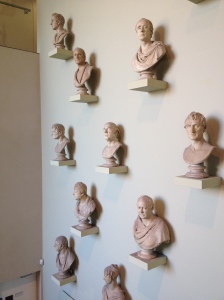
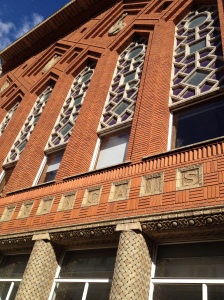
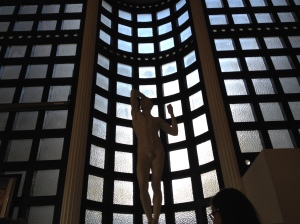
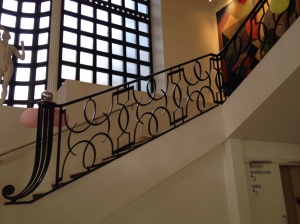
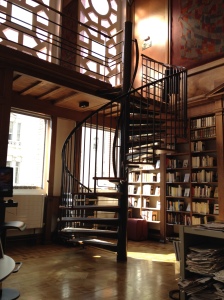
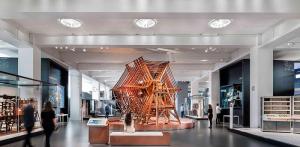
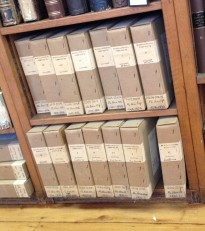
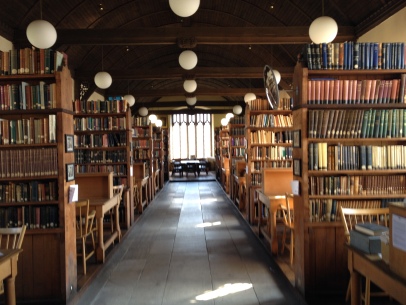
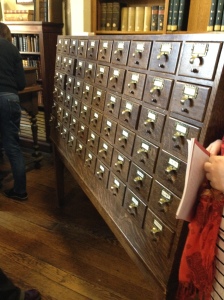
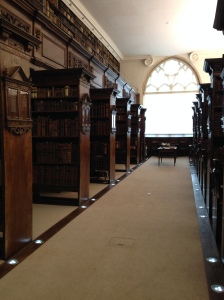
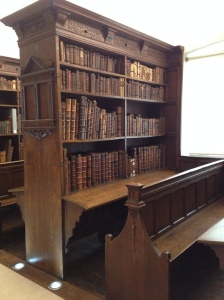
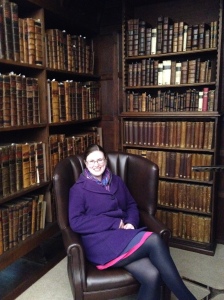
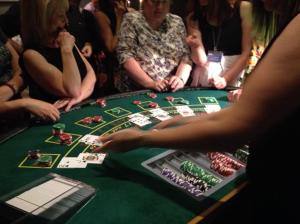

 Vs
Vs 